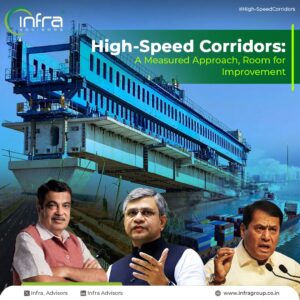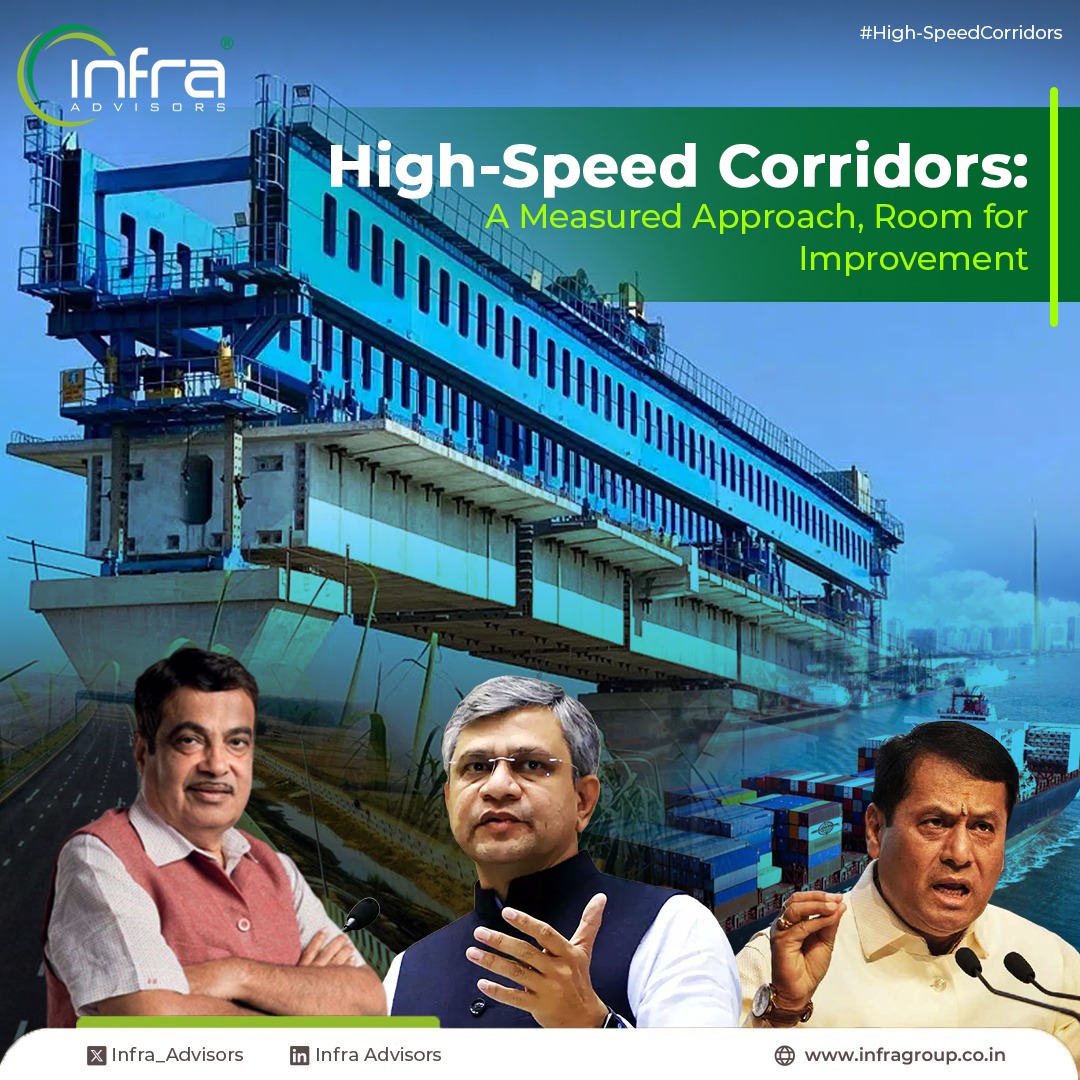

The Cabinet Committee on Economic Affairs recently approved eight high-speed road corridor projects spanning 936 km across the country, with an investment of ₹50,655 crore. These projects are anticipated to create approximately 4.42 crore man-days of direct and indirect employment. Notably, these initiatives will be rolled out under a toll-based model, a strategic move aimed at reducing the government’s long-term financial liabilities compared to the hybrid annuity model (HAM). However, it’s essential to closely examine the implications of adopting toll-based projects.
Our discussions with leading road developers have revealed a strong enthusiasm for the toll-based model. Fund houses are viewing this as an opportunity to secure high-yield assets, while developers are eyeing lucrative engineering, procurement, and construction (EPC) contracts. Despite this optimism, fund houses remain cautious, particularly concerning under-construction risks, prompting pre-bid tie-ups with road developers and cautious financial planning.
The intense competition within both the EPC and HAM formats is a well-known concern in the construction industry. This competitive pressure could lead to undesirable outcomes, such as incomplete projects or insufficient funds to service debt after meeting operation and maintenance (O&M) obligations. These risks are not new; past experiences have shown that aggressive market share ambitions can lead to significant setbacks in India’s road development sector. Missing attention of government towards abnormally low bids is area of concerned, being raised by Infra Advisors on various forum in the past.
Feedback from lenders indicates a cautious approach, influenced by lingering traces of non-performing assets (NPAs) in their portfolios from previous rounds of aggressive bidding. This wariness is likely to temper potential bidders, encouraging them to read the risks carefully and develop business strategies accordingly. Moreover, certain provisions within the BOT (Build-Operate-Transfer) concession agreements remain ambiguous, requiring greater clarity to avoid future disputes and leading to unviability of the project under PPP.
Toll revenue is intrinsically linked to macroeconomic indicators such as GDP growth, inflation, and interest rates. Additionally, the expansion of alternative road networks and railways could divert traffic away from these corridors, potentially impacting revenue. The current concession agreements do not offer sufficient protection against these variables, underscoring the need for thorough scenario sensitivity analyses to anticipate and mitigate potential impacts.
Moreover, the current growth in industrial production is falling short of expectations, raising concerns about the ability to generate sufficient traffic to justify these projects’ viability. A cautious, well-informed approach is crucial, taking into account past risks and potential future challenges.
The future of high-speed corridors in India presents both opportunities and challenges. By adopting a measured approach, road developers and its eco system can ensure these projects contribute to economic growth while delivering sustainable returns for all stakeholders.
